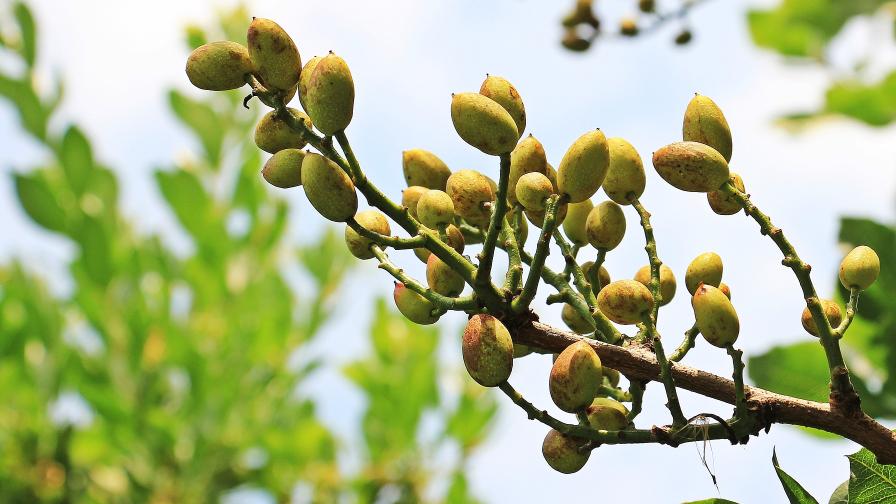Rethinking Growth in Stone Fruit Crops
Nearly everyone who has taken a pomology class has seen the classic stone fruit double sigmoid fruit growth curve, separated into three stages:
- Stage I occurs during the first 25 to 45 days after full bloom. This somewhat varies depending on the cultivar, location, and season. It is marked by rapid fruit growth and often called the period of cell division.
- Stage II is the intermediate period in which fruit growth is only slowly progressing. This is often called the lag phase. The length of Stage II is reflected in the ripening date of a cultivar — with very early varieties having a very short to almost imperceptible plateau — while it may last several months in late-season varieties.
- Stage III begins approximately 20 to 30 days before harvest. It is commonly referred to as cell expansion, the period when fruit begins to take on water and expand prior to ripening. During this phase fruit begins to change color, rapidly increase in size, accumulate sugar, and soften.
Enter Relative Growth Rate
While all these are accurate descriptions, there is another way of looking at fruit growth that provides deeper understanding of these processes and can help greatly in maximizing fruit size, quality, and yield.
During the 1980s and 1990s, Ted DeJong at University of California, Davis and others in his lab took a different look at fruit growth, and rather than looking at fruit size by volume/fresh weight, considered it as a function of dry weight accumulation during the season. They called the concept “relative growth rate.”
Instead of the traditional, three-phase sigmoidal growth rate curve, the relative growth rate (RGR) curve consists of only two stages.
RGR Stage 1 is a steeply descending curve that expresses the absolute maximum rate at which fruit can grow if unaffected by competition. It is roughly equivalent in timing to the classic Stage I.
Eventually, RGR bottoms out, marking the beginning of RGR Stage 2, and remains at that level for the remainder of the season, roughly encompassing both Stages II and III of the classic curve. Note that the fruit continues to grow, but only at the same rate for the remainder of the season — there is no increase in rate prior to harvest. Again, we are talking about the actual dry weight of the fruit, not water weight.
So, what does it matter, and why is this confusing concept of critical importance?
RGR is the maximum growth a fruit can achieve at a given stage when unaffected by competition from excess crop.
RGR functions like interest rates that start high and decrease steadily with every passing day. Take advantage of this — 6% interest is better than 4%. A $5,000 investment at 6% interest generates more than would a $3,000 investment, meaning those large fruit on the tree actually grow MORE than the smaller ones. Additionally, the interest is compounded constantly over the entire period of growth.
Fruit competition causes RGR to drop off and it can NEVER return — those rates no longer exist. Instead of a 6% return the rate is now 2%. This is why late thinning has a smaller effect than early thinning. Not only is that carbon lost, but so is the compounding effect. This also explains why fruit size is typically smaller in heavy crop years.
A suggestion: take a few trees that are normally thinned in May, or even later, and thin them before April 10. See how these relationships play out.
These are abstract concepts and can be somewhat difficult to grasp at first, but give them some thought. Also, please email me with questions or comments.









